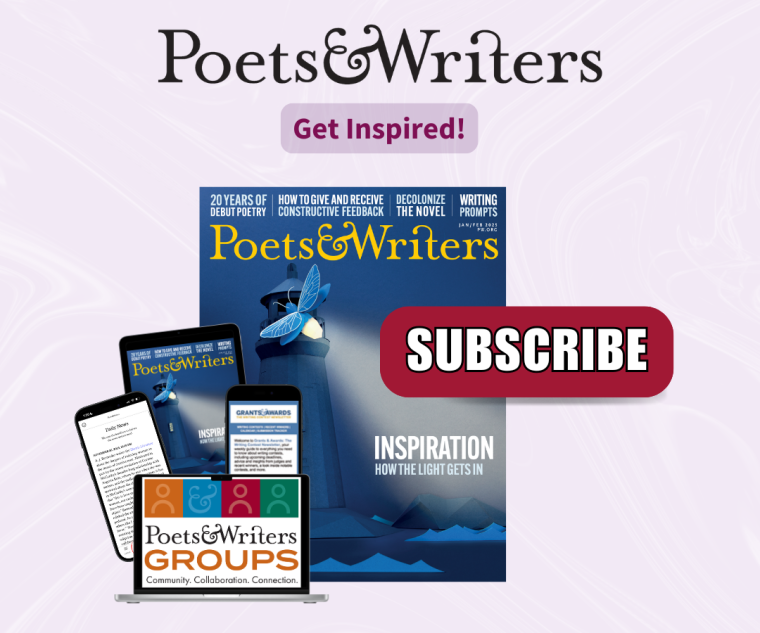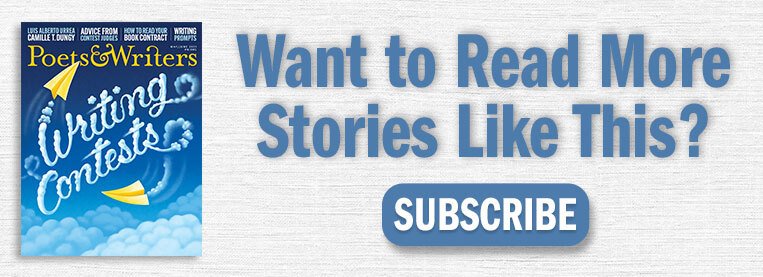Every day Poets & Writers Magazine scans the headlines—from publishing reports to academic announcements to literary dispatches—for all the news that creative writers need to know. Here are today’s stories:
Ben Blatt has written a computer program to analyze authors’ books and single out the rare words and phrases that each author uses most commonly. Jane Austen’s are “civility, fancying, imprudence,” and Agatha Christie’s are “inquest, alibi, frightful” while J. R. R. Tolkein’s are “elves, goblins, wizards.” Blatt’s research will appear in his book Nabokov’s Favorite Word is Mauve, which will be published later this month from Simon & Schuster. (Guardian)
Meanwhile, in a controversial new development in the world of Jane Austen scholarship, the British Library has suggested the beloved author might have died from accidental arsenic poisoning. The library’s analysis of Austen’s spectacles indicate the author might have had cataracts towards the end of her life, a common sign of arsenic poisoning, which was much more common at the time. (New York Times)
The nonprofit Go Jane Give has launched its Read 4 Refugees campaign, through which it encourages people to spend a night in reading and donate the money they would have spent on a night out to RefugePoint, an organization that helps resettle refugees. Isabel Allende, Junot Díaz, Elizabeth Gilbert, and Yann Martel are among the many authors to join the campaign. (Publishers Weekly)
Kerry Washington and Warner Brothers will adapt Brit Bennett’s debut novel, The Mothers, for the screen. Bennett will write the screenplay. (Hollywood Reporter)
Sheila Marikar profiles twenty-seven-year-old Reuben Holmes, an Instagram poet better known as r.h. Sin. (New Yorker)
Writers Jenny Zhang, Angela Flournoy, Alexander Chee, and Margo Jefferson are among the twenty-five writers and critics to select songs for the New York Times Magazine’s “25 Songs That Tell Us Where Music Is Going.”
At PBS NewsHour, anchor Jeffrey Brown visits the exhibit on Emily Dickinson on display at the Morgan Library and Museum in New York City, and examines the poet’s enduring popularity.
George Philip LeBourdais traces the history of the iceberg as a metaphor for creativity back to Ernest Hemingway. (Point)







